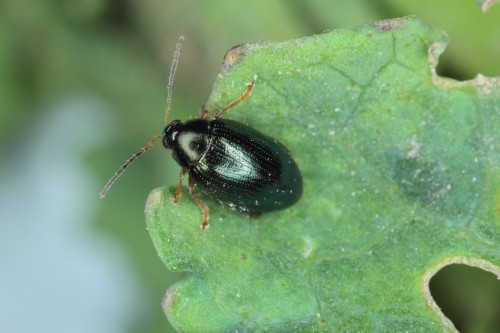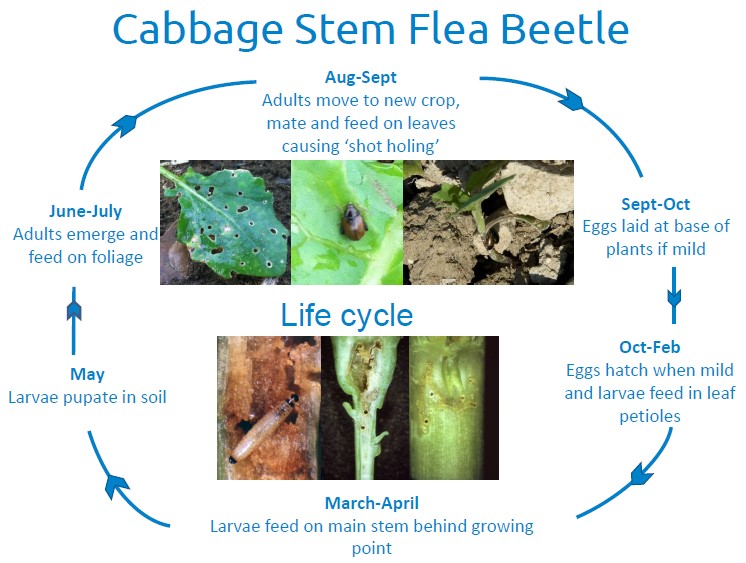
As oilseed rape continues its fightback across the UK, more farmers are experimenting with trap crops to tackle the persistent challenge of cabbage stem flea beetle (CSFB). It’s a smart tactic. Done right, these sacrificial plantings can lure beetles away from the main crop and reduce pressure at establishment. But timing is everything. If managed incorrectly, that well-meaning trap crop can become the very thing you're trying to avoid: a breeding ground for the next CSFB infestation.
Trap crops work by drawing beetles to an earlier or more attractive brassica. The idea is simple, get the pests to lay their eggs where it won’t hurt your main crop. But the trap is only effective if it’s shut in time. If left unchecked, those early volunteers or SFI (Sustainable Farming Incentive) mixes containing OSR can become hotspots for CSFB larvae which move to pupating in the soil before emerging as beetles later in the season.
With many growers now including brassicas in their field margins, pollinator strips, or other agri-environment schemes, it’s crucial to remember: these plants don’t just attract bees, they attract beetles too. If you’re not actively managing them, you might be inadvertently rolling out the red carpet for CSFB right next to your commercial crop.
So what’s the action point? Destroy your trap crops and any OSR in environmental margins before they reach the point of becoming CSFB nurseries. This typically means destroying the crop before larvae have had the chance to move to pupae stage in the soil, which ordinarily occurs at this time of year (April-May, if not earlier!) Doing this in a timely manner breaks the lifecycle and reduces the overall pest load in the field.
It’s also worth reviewing your SFI options carefully. If you’re using a pollinator mix that includes OSR or other brassicas, make sure you’ve got a clear plan for managing these plants outside the main cropping window. Communication between agronomists and farm managers is key here, don’t assume those margins are harmless just because they’re not in production.
As the OSR reboot gathers momentum, integrated pest management is front and centre. Trap crops can absolutely play a role, but they need to be part of a proactive, joined-up approach. Done right, they’re a useful tool. Done late, they’re a ticking time bomb.
This season, don’t let your enviro scheme become a CSFB hotel. Shut the doors before the guests get too comfortable!

CSFB lifecycle image courtesy of the AHDB.
